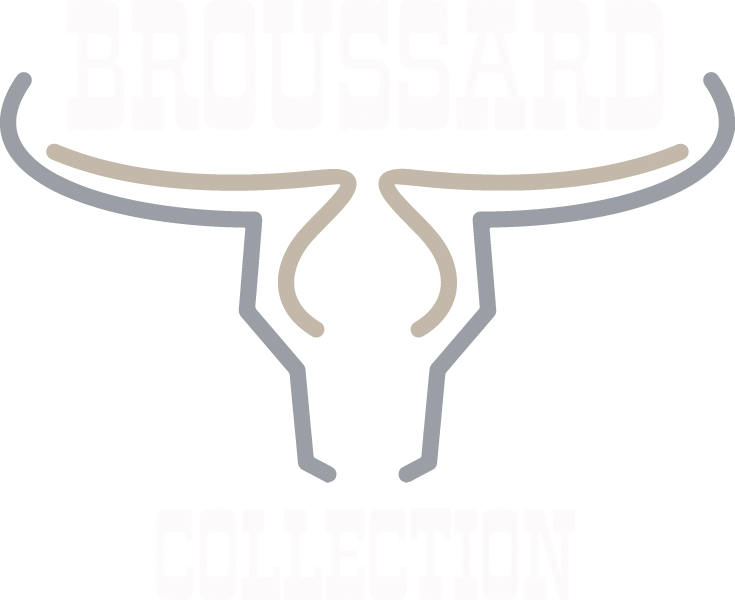What Does Cheap Leather Look Like?
Introduction
When it comes to leather, the old adage “you get what you pay for” often rings true. The difference between high-quality leather and its cheaper counterparts can be stark, with the former exuding an unparalleled level of craftsmanship, durability, and visual appeal. However, for the untrained eye, distinguishing between these two extremes can be a challenge. In this comprehensive guide, we’ll delve into the telltale signs that can help you identify cheap leather and make informed purchasing decisions.
Understanding Leather Grades
The first step in recognizing cheap leather is to understand the various grades that exist in the market. The highest quality grade is Full Grain, followed by Top Grain. These leathers are sourced from the outermost layer of the animal hide, preserving the natural texture and imperfections that give leather its unique character. In contrast, lower-quality grades, such as Genuine Leather (also known as Corrected Grain) and Bonded Leather, undergo extensive processing to conceal blemishes and create a more uniform appearance.
Appearance and Texture
One of the most obvious indicators of cheap leather is its uniform, almost artificial-looking surface. High-quality leather, being a natural material, will exhibit a certain degree of variation in its grain pattern, with subtle imperfections and blemishes that add to its charm. Conversely, cheap leather often has a flawless, cookie-cutter-like appearance, devoid of any natural character.
When it comes to texture, genuine leather should feel soft, pliable, and slightly wrinkled when you run your fingers across it. The surface should not be completely smooth, but rather have a slight “give” that mimics the feel of human skin. Cheap leather, on the other hand, tends to feel stiff, rigid, and uniform, lacking the natural suppleness of its higher-quality counterparts.
Durability and Longevity
One of the key differences between high-quality and cheap leather is its durability and longevity. Full Grain and Top Grain leathers are renowned for their exceptional strength and resistance to wear and tear, often lasting for years or even decades with proper care. In contrast, lower-quality leathers, such as Genuine Leather and Bonded Leather, are more prone to cracking, peeling, and premature deterioration, especially with regular use and exposure to the elements.
The Importance of Price
While it may seem obvious, the price tag can be a reliable indicator of leather quality. High-quality leather, with its superior craftsmanship and materials, naturally commands a higher price point. If a leather product appears to be significantly underpriced compared to similar items on the market, it’s a strong signal that the leather used is likely of inferior quality.
Identifying Cheap Leather Substitutes
In addition to low-quality leather grades, the market is also flooded with synthetic leather alternatives, often marketed as “faux leather” or “pleather.” These materials, while visually similar to genuine leather, lack the durability, breathability, and natural character of the real thing. Recognizing these substitutes is crucial to avoid disappointment and ensure you’re investing in a product that will stand the test of time.
Conclusion
Navigating the world of leather can be a daunting task, especially when it comes to distinguishing high-quality from cheap leather. By understanding the various grades, paying attention to the appearance and texture, and considering the price point, you can make informed decisions that will ensure you invest in leather products that not only look great but also stand the test of time. Remember, while cheap leather may seem like a bargain in the short term, the true value lies in the long-term durability and timeless appeal of a well-crafted, high-quality leather item.
Picture of Full Grain Leather below.



